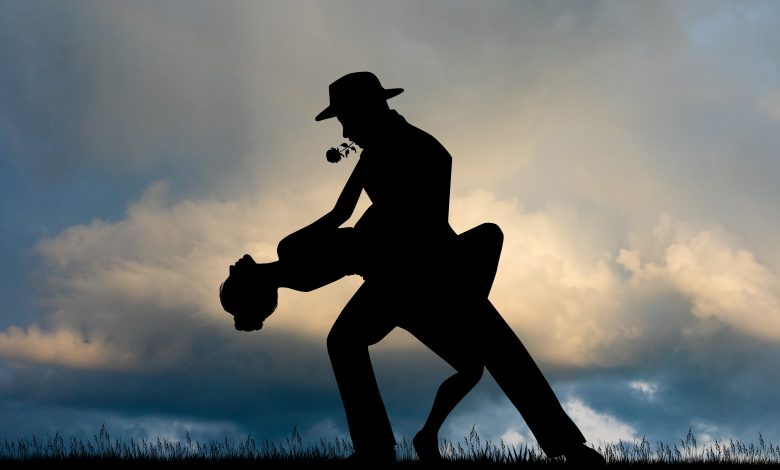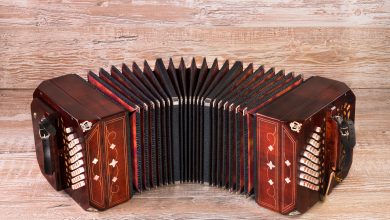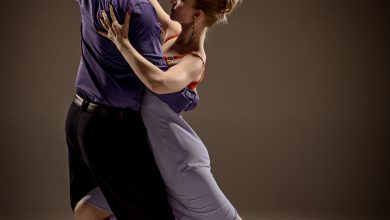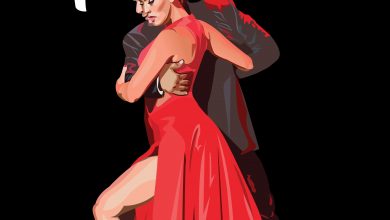The History of Argentine Tango Music

There is some debate about the precise origins of Argentine Tango music. It is quite clear that the present form developed in Argentina and Uruguay from the mid 19th century. However, there are also records of Tango styles in Cuba and Spain in the late 19th and early 20th centuries. There is also a flamenco Tango dance that may share a common ancestor in a minuet-style European dance. Historic sources all also stress the influence of the African communities and their rhythms. At the same time, the musical instruments and techniques brought in by European immigrants in the 20th century also played a major role in the final definition of Argentine Tango.
One of the first and most famous Argentine Tango songs recorded was Angel Villoldo’s tango “El Choclo” which dates from 1903. El Choclo was first recorded no later than 1906 in Philadelphia. Villoldo himself recorded it in Paris in 1908. Villoldo had to record in Paris because in Argentina there were no recording studios at that time.
Early argentine tango was played by European immigrants in Buenos Aires then later in Montevideo. The first generation of argentine tango performers from Buenos Aires was called “Guardia Vieja” (the Old Guard). In the early 20th century argentine tango became the favorite music of thugs and gangsters who visited the brothels in Buenos Aires, at the time a city with 100,000 more men than women.
The men would practice the tango dance in groups without women, demonstrating male sexuality creating a blending of emotion and aggressiveness. The music was played with flute, guitar and violin trios, with the bandoneón being introduced at the end of the 19th century. The organito, a portable player-organ, broadened the popularity of certain songs. Eduardo Arolas has been credited with the popularizing of the bandoneón’s, and Vicente Greco standardized the tango sextet as consisting of piano, double bass, two violins and two bandoneóns. Like other forms of popular music, argentine tango was associated with the working class.
One song that would become the most widely known and popular of argentine tango songs dates from this time. La Cumparsita was composed as a march instrumental in 1916 by teenager Gerardo Matos Rodríguez of Uruguay.
In addition to the European and African roots of Argentine Tango, the locals of Argentina and Uruguay also had a significant impact. Early Tango was locally influenced by Payada, the Milonga from Argentine, Uruguayan Pampas, and Uruguayan Candombe. In Argentina there was Milonga from the country around Buenos Aires since the middle of the eighteenth century. The first notable “payador” was Santos Vega. The origins of Milonga seem to be in the Pampa with strong African influences, and through the local Candombe. It is thought that this candombe was danced in Argentina since the first slaves were brought to the country.
The first mention of the word “tango” in connection with a music/dance style in print was as early as 1823 in Havana, Cuba. The first known Argentinian written reference is from an 1866 newspaper, that refers to the song “La Coqueta” (an Argentine tango).
In 1876 a tango-candombe called “El Merenguengué” became popular, following its success in the Afro-Argentines carnival held in February of that year. This song is played with the harp, violin and flute in addition to the Afro-Argentine Candombe drums (“Llamador” and “Repicador”). This is considered to be one of the foundational points in the birth and development of Argentine Tango.
Famous Early Argentine Tango Songs and Music and their Composers
Casimiro Alcorta and Sinforoso
The first well known argentine tango group consisted of two Argentinians of African descent: “the black” Casimiro Alcorta, who played the violin, and “the mulatto” Sinforoso, who played the clarinet. They did concerts for small groups in Buenos Aires from the early 1870s until the early 1890s. Casimiro was also a fantastic dancer.
Casimiro Alcorta and Sinforoso were the authors and composers of “Entrada Prohibida” (Entry Forbidden), “La Yapa”, “El Choclo” (The Corn) and “Concha Sucia”, which was later adapted by Francisco Canaro as “Cara Sucia” (“Dirty Face”). This duo were also the composers and performers of many other early tangos now listed as anonymous, since at that time composers were not used to signing their music and songs.
Other Famous Pre 1900 Argentine Tangos
“El Queco” (attributed to clarinetist Lino Galeano in 1885)
“Señora Casera” (anonymous 1880)
“Andate a la Recoleta” (anonymous 1880)
“El Porteñito” (by the Spaniard Gabriel Diez in 1880)
“Tango Nº1” (Jose Machado – 1883)
“Dame la Lata” (Juan Perez, 1888)
“Que Polvo con Tanto Viento” (anonymous 1890)
“No me Tires con la Tapa de la Olla” (1893)
“El Talar” (Prudencio Aragon – 1895)
“Y a mí qué” (What do I care) and Che no Calotiés! (Hey, no Stealing) written between 1872 and 1885 by Eloísa D’Herbil, one of the first women to write tangos.
“La Canguela” (1889). This was the first recorded musical score in argentine tango and is in the Museum of the City Score Rosario.
“El Entrerriano”, released in 1896 and printed in 1898 – by Rosendo Mendizabal, an Afro-Argentine. This is the first copywrited score.
Early 20th Century Argentine Tango
The early 20th Century was the time of the transition between the old “Tango Criollo” (Milonga from the Pampas with touches of Afro-Argentine Candombe, and some touches of Habanera), and the Tango of the Old Guard.
Some of the most famous tango songs of this time were:
“El choclo” (1903), “El Pimpolla” (1904), “La Vida del Carretero” (1905) and “El Negro Alegre” (1907), all by Ángel Villoldo
“El Tango Patagones” (1905) by Gabino Ezeiza
“El Taita” (1905) by Higinio Cazón
“Don Juan” by Ernesto Ponzio. This was the first tango recorded by an orchestra, the orchestra of Vicente Greco.



